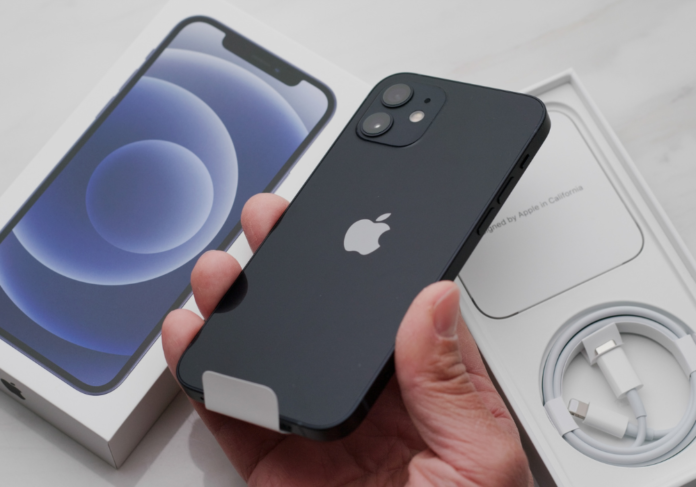The iPhone, one of the most recognized consumer products globally, has redefined the boundaries of technology and design. Introduced by Apple Inc. in 2007, it has become more than just a communication tool; it is a symbol of technological innovation and stylish design. This article delves into the journey, impact, and the future of the iPhone.
1. The Dawn of the iPhone Era
On January 9, 2007, Apple’s then-CEO, Steve Jobs, unveiled the iPhone, referring to it as a “revolutionary and magical product.” This first generation iPhone integrated three products into one — a mobile phone, a widescreen iPod with touch controls, and a breakthrough Internet communication device. Its unique multi-touch interface, sleek design, and advanced functionalities set it apart from other existing phones.
2. Evolution of the iPhone
The subsequent generations of iPhones introduced a series of technological enhancements. The iPhone 3G brought in 3G connectivity and the App Store. iPhone 4 showcased the Retina Display and introduced the FaceTime feature. The iPhone 5 came with a larger 4-inch display, and the iPhone 6 and 6 Plus offered even larger screen sizes. With the iPhone X, Apple presented an edge-to-edge OLED display, Face ID, and the removal of the iconic home button.
3. The iPhone’s Impact on Society
The iPhone has significantly influenced the way we live, work, and communicate. It has transformed mobile phones into a platform for everything from social networking to mobile banking, gaming, and photography. The App Store, introduced with the iPhone 3G, democratized software distribution, leading to an explosion of mobile apps that cater to every imaginable consumer need and want.
4. The iPhone and the Economy
The iPhone has also been a significant economic force. It’s one of Apple’s primary revenue sources and has created jobs directly at Apple and indirectly through app developers and accessory manufacturers. The iPhone’s popularity has propelled Apple into becoming one of the world’s most valuable companies.
5. The iPhone’s Controversies and Criticisms
Despite its success, the iPhone has not been without controversy. Issues related to labor practices in manufacturing plants, environmental concerns, and debates over product pricing have often made headlines. Criticisms regarding the closed ecosystem, planned obsolescence, and questionable battery management practices have also surrounded the product.
6. The iPhone’s Contribution to Technology
From a technology perspective, the iPhone has driven numerous innovations. Its capacitive touch-screen and multi-touch interface set the standard for smartphones. The iPhone’s emphasis on design and user experience pushed competitors to enhance their products. Furthermore, the iPhone’s hardware and software integration provide a level of performance and security that has become a benchmark in the industry.
7. The Future of the iPhone
Looking forward, Apple continues to push the iPhone’s capabilities. Advancements in processing power, AI, and machine learning suggest more sophisticated and personalized experiences. Other areas, such as augmented reality and wearable connectivity, offer exciting possibilities for future iPhone generations.
8. Conclusion
The iPhone, since its inception, has revolutionized the mobile phone industry and has become an integral part of our lives. Its journey reflects Apple’s commitment to innovation, user experience, and design. As we anticipate the next iterations of the iPhone, we can expect that Apple will continue to redefine technology’s boundaries and enrich the smartphone experience.





